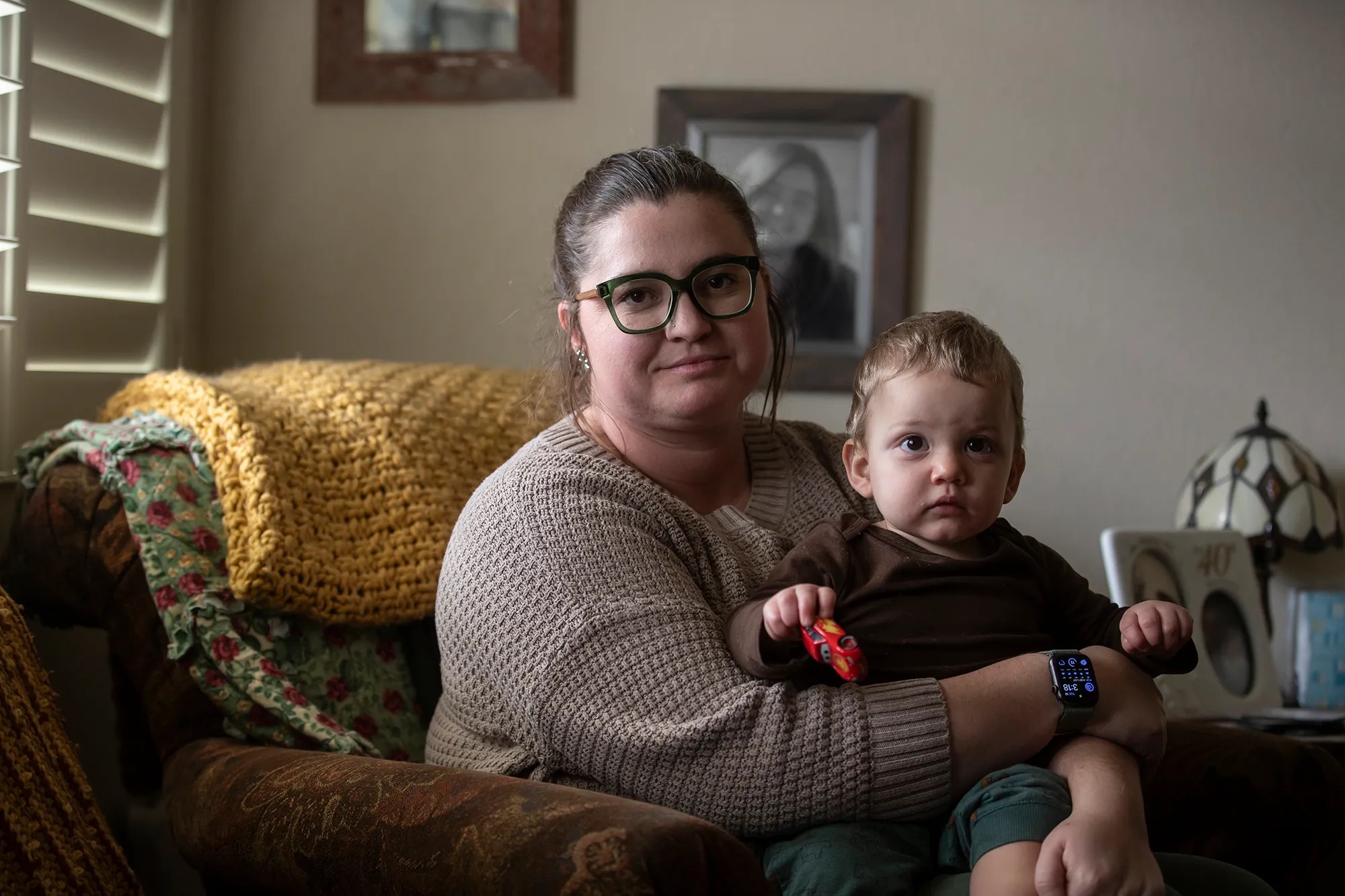The law also protects uninsured people from receiving an expensive ambulance bill by limiting their out-of-pocket cost to the Medi-Cal or Medicare rate, whichever is greater. Medi-Cal is the state’s health insurance program for very low-income residents and already protects its enrollees from these types of bills.
About 6 million Californians enrolled in federally regulated health plans, many of whom work for multi-state or multinational companies, won’t be shielded by the law. Californians can ask their employer what kind of health plan they offer.
$4,400 bill for newborn’s ambulance trip
Lainey Arebalo is thankful that future emergencies will be covered in California. Her health insurance company doesn’t contract with any ambulance companies in San Luis Obispo County, where she and her family live, leaving them with no choice but to pay out of pocket.
In September, minutes after Arebalo gave birth to her son Brady, doctors decided to transfer him to a larger hospital about 20 miles away. Brady wasn’t breathing properly and needed to be admitted to a neonatal intensive care unit. The ambulance came and whisked him away.
Over the next month, letters started arriving from the ambulance company: Arebalo owed $4,400 for the transfer, she said.
“Here I am, you know, less than two months after giving birth, being told I would be sent to collections,” she said.
Insurance covered nearly all of Brady’s five-day hospital stay, which totaled $109,000, Arebalo said, but wouldn’t pay for the out-of-network ambulance ride. Eventually, insurance paid about a third of the bill after Arebalo filed a grievance, but the remaining unexpected expense still cut into the family’s finances.
She ended her maternity leave early to return to work as a special education teacher to help pay the bills and is now on a payment plan of $200 per month.
“It was definitely a surprise bill and one that I’m still paying,” Arebalo said.

